Land Rover Air Suspensions
-
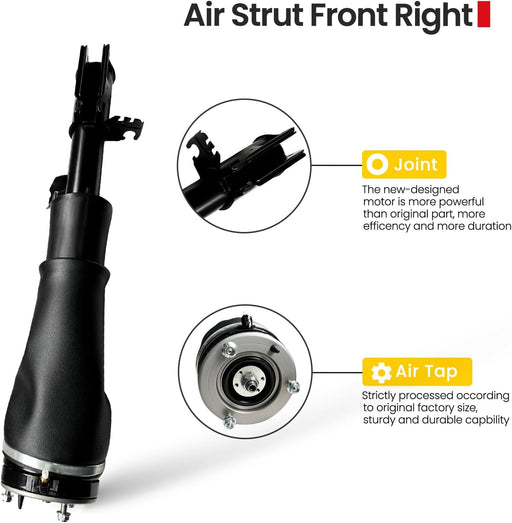
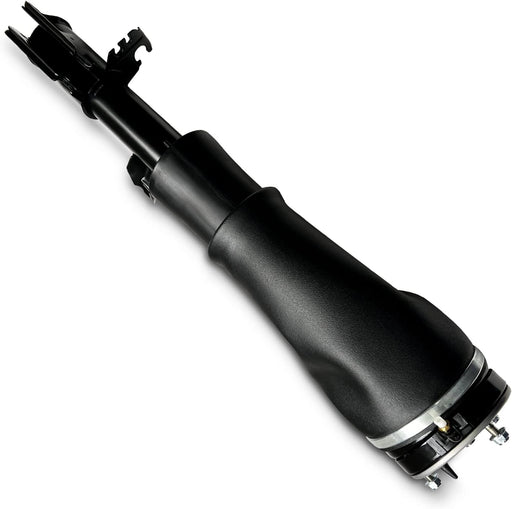 Save 0%
Save %
Save 0%
Save %
VIGOR Front Air Shock Absorber Compatible with 2009-2012 Range Rover L322 with VDS Car Air Strut, OEM Replace Number LR032560, LR012859, LR023743
Vigor Air RideNo reviewsOriginal price $0.00 - Original price $0.00Original price $0.00$365.19$365.19 - $365.19Current price $365.19Compatibility: 2009-2012 Range Rover L322 with VDS Original Equipment: Left: LR032560, LR012859, LR023743, LR032562, LR012860 Right:...
View full detailsOriginal price $0.00 - Original price $0.00Original price $0.00$365.19$365.19 - $365.19Current price $365.19Save 0% Save % -

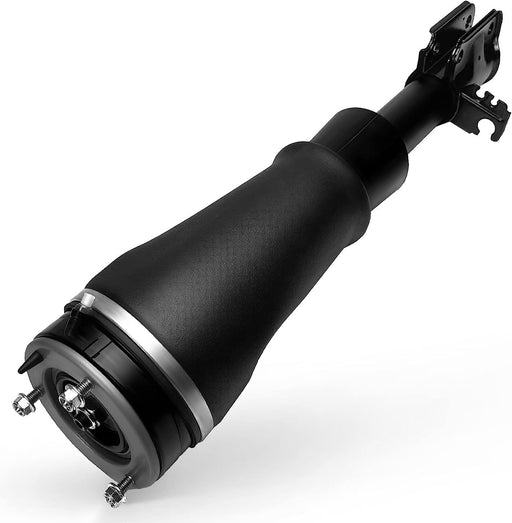 Save 0%
Save %
Save 0%
Save %
VIGOR Front Left or Right Air Strut Absorber Compatible with 2003-2012 Range Rover L322 Car Air Suspension Shock, OEM Replace Part Number LR032563, RNB501520, RNB501400
Vigor Air RideOriginal price $0.00 - Original price $0.00Original price $0.00$309.69$309.69 - $309.69Current price $309.69Compatibility: 2003-2012 Range Rover L322 Original Equipment: Left: LR032570, RNB501530, RNB501410, RNB501350, RNB500550. Right: LR032563, RNB50...
View full detailsOriginal price $0.00 - Original price $0.00Original price $0.00$309.69$309.69 - $309.69Current price $309.69Save 0% Save % -
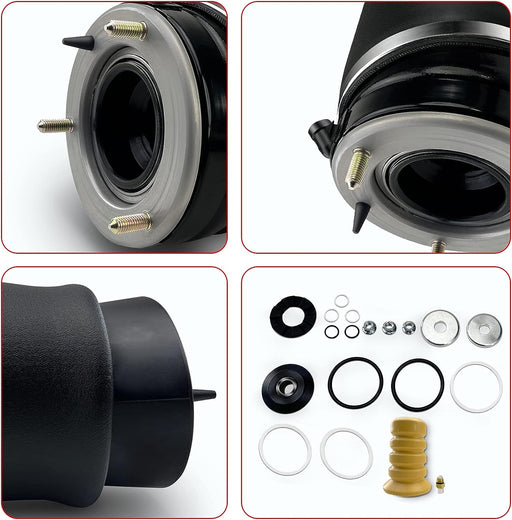
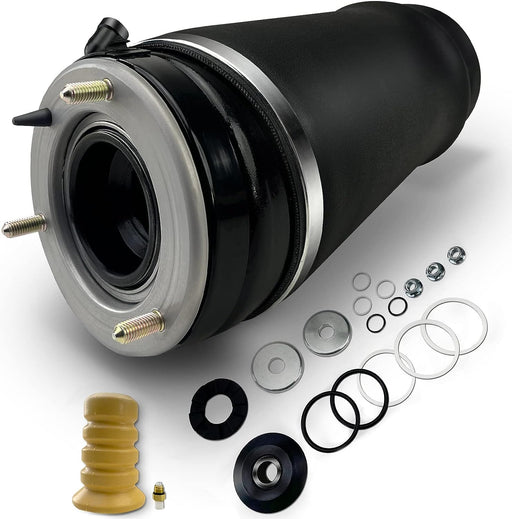 Save 0%
Save %
Save 0%
Save %
VIGOR Front Air Suspension Spring Bag Compatible with Range Rover L322 Car, OEM Number RNB000740, LR032563, LR051700, RNB501520
Vigor Air Ride1 reviewOriginal price $0.00 - Original price $0.00Original price $0.00$194.25$194.25 - $194.25Current price $194.25Compatibility: 2002-2012 Land Rover Range Rover L322 Original Equipment: Left: RNB000750 Right: RNB000740, LR032563, LR051700 RNB501520, RNB0000...
View full detailsOriginal price $0.00 - Original price $0.00Original price $0.00$194.25$194.25 - $194.25Current price $194.25Save 0% Save % -
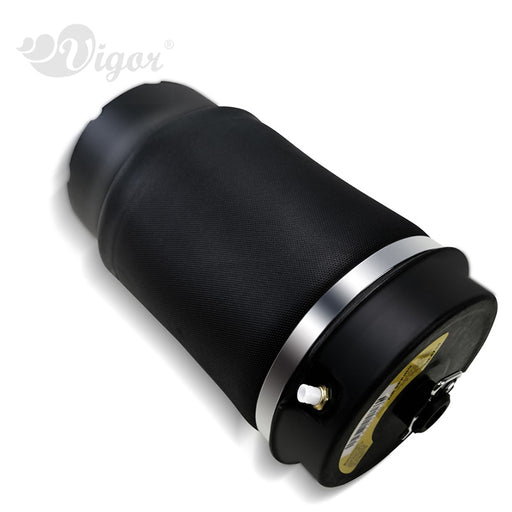
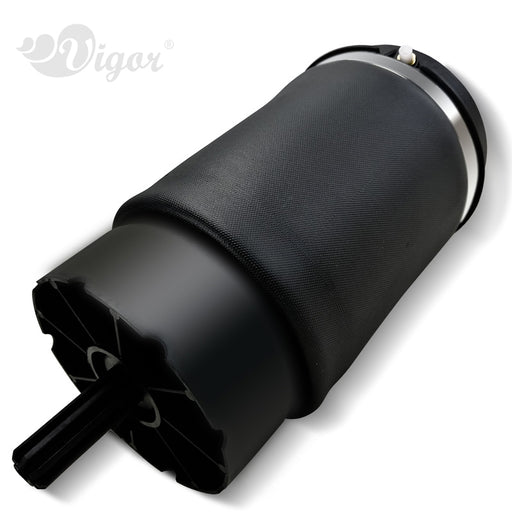 Save 0%
Save %
Save 0%
Save %
Vigor Rear Left/Right Air Suspension Spring Bag Compatible with Range Rover L322 RKB000151
Vigor Air RideOriginal price $0.00 - Original price $0.00Original price $0.00$197.58$197.58 - $197.58Current price $197.58Compatibility: 2003-2012 Land Rover Range Rover L322 Original Equipment: RKB500082 RKB500240 RKB500080 RKB000151 RKB000150 RKB500130 Vigor Pa...
View full detailsOriginal price $0.00 - Original price $0.00Original price $0.00$197.58$197.58 - $197.58Current price $197.58Save 0% Save % -
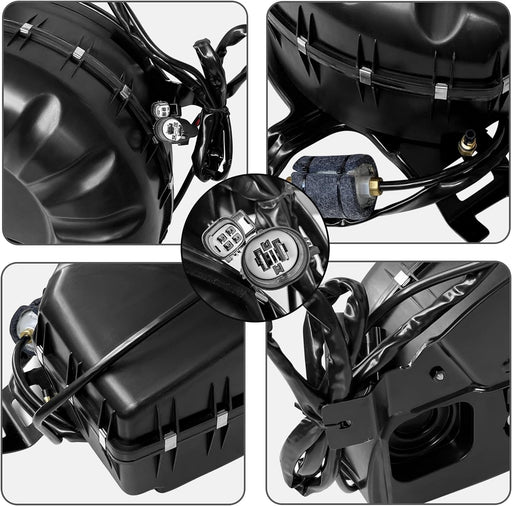
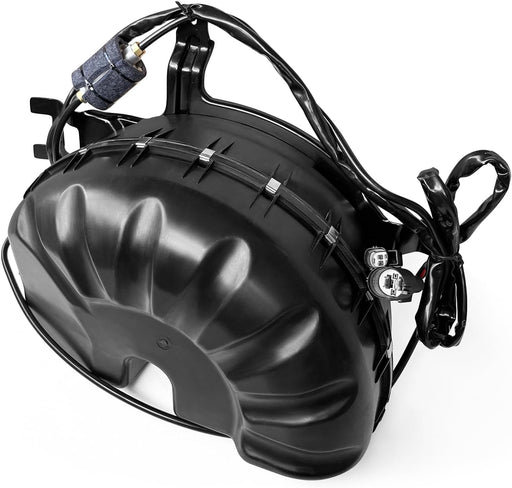 Save 0%
Save %
Save 0%
Save %
VIGOR Air Suspension Compressor Pump with Housing Compatible with 2012-2020 Range Rover L405 and Land Rover Sport L494 Car, OEM Replace Part Number LR069693, LR108984
Vigor Air RideNo reviewsOriginal price $354.09 - Original price $354.09Original price$354.09$354.09 - $354.09Current price $354.09Compatibility: 2013-2020 Land Rover Sport L494 2013-2020 Range Rover L405 Original Equipment: LR069693, LR108984 LR069691, LR056304 LR05230...
View full detailsOriginal price $354.09 - Original price $354.09Original price$354.09$354.09 - $354.09Current price $354.09Save 0% Save % -
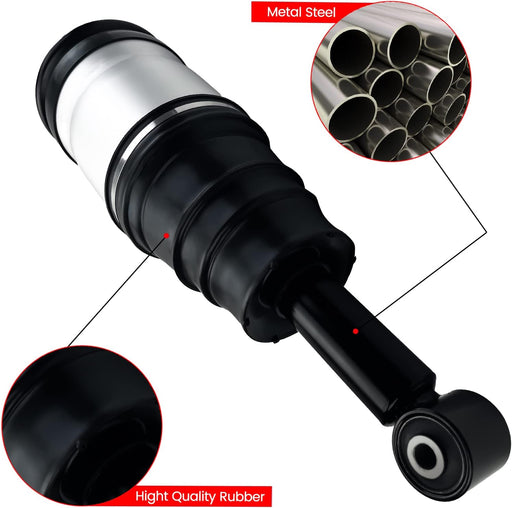
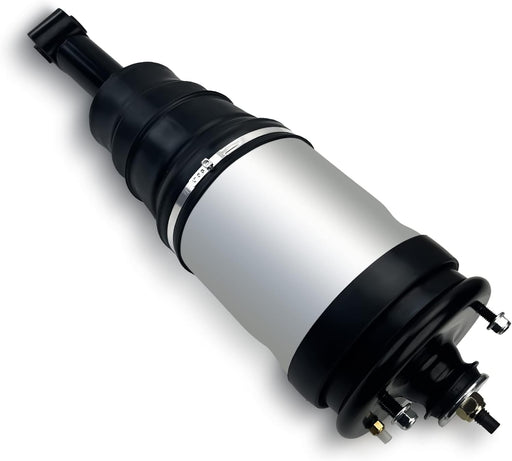 Save 0%
Save %
Save 0%
Save %
VIGOR Rear Air Shock Absorber, Compatible with Discovery 3, Discovery 4 and Range Rover Sport Car Air Suspension, OEM Number RPD501030, RPD501110
Vigor Air RideNo reviewsOriginal price $0.00 - Original price $0.00Original price $0.00$271.95$271.95 - $271.95Current price $271.95Compatibility: 2004-2009 Discovery 3 2010-2014 Discovery 4 2005-2013 Range Rover Sport (Without ADS) Original Equipment: RPD501030 RPD501110 Vi...
View full detailsOriginal price $0.00 - Original price $0.00Original price $0.00$271.95$271.95 - $271.95Current price $271.95Save 0% Save % -
 Save 0%
Save %
Save 0%
Save %
VIGOR Rear Air Suspension Spring Bag Compatible with 2013-2019 Land Rover Range Rover L405 Car Air Spring, OEM Replace Part Number LR034262, LR104751, LR100656
Vigor Air RideOriginal price $0.00 - Original price $0.00Original price $0.00$116.55$116.55 - $116.55Current price $116.55Compatibility: 2013-2019 Land Rover Range Rover L405 Original Equipment: LR034262, LR104751, LR100656 LR101595, LR101594, LR101593 ...
View full detailsOriginal price $0.00 - Original price $0.00Original price $0.00$116.55$116.55 - $116.55Current price $116.55Save 0% Save % -
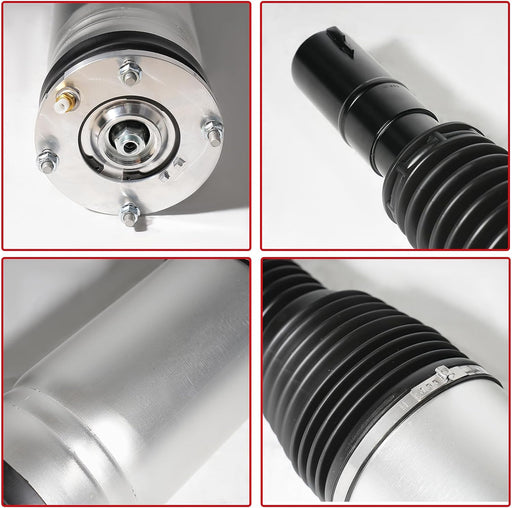
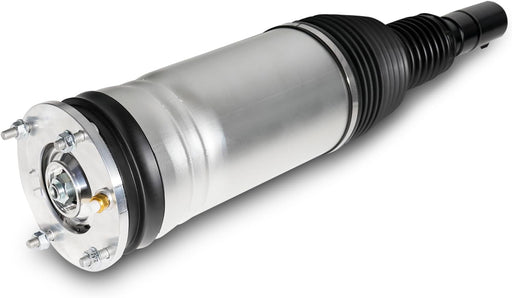 Save 0%
Save %
Save 0%
Save %
VIGOR Front Air Shock Absorber Compatible with 2012-2020 Range Rover Sprot L494 / L405 Car Air Strut, OEM Replace Number LR052776, LR038805
Vigor Air RideNo reviewsOriginal price $0.00 - Original price $0.00Original price $0.00$265.29$265.29 - $265.29Current price $265.29Compatibility: 2012-2020 Range Rover Sprot L494 2013-2017 Rover Sprot L405 Original Equipment: Left: LR052776, LR038805, LR056926 LR038804, LR...
View full detailsOriginal price $0.00 - Original price $0.00Original price $0.00$265.29$265.29 - $265.29Current price $265.29Save 0% Save % -
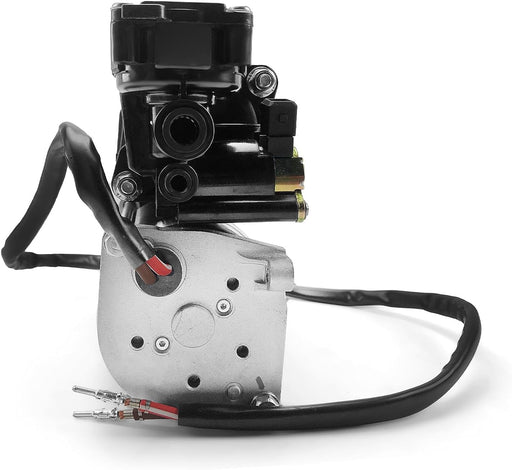
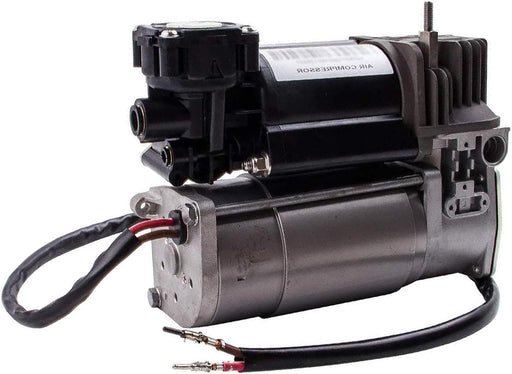 Save 36%
Save %
Save 36%
Save %
VIGOR Air Suspension Compressor Pump Compatible with 2003-2009 Range Rover L322 MK III Car, OEM Replace Part Number LR006201, LR010375, LR015089
Vigor Air RideNo reviewsOriginal price $399.00Original price $399.00 - Original price $399.00Original price $399.00Current price $254.19$254.19 - $254.19Current price $254.19Compatibility: 2003-2009 Range Rover L322 MK III Original Equipment: RQL000014, LR006201, RQG000020 RQL000011, RQL000010, RQC000020 Vigor Par...
View full detailsOriginal price $399.00Original price $399.00 - Original price $399.00Original price $399.00Current price $254.19$254.19 - $254.19Current price $254.19Save 36% Save % -
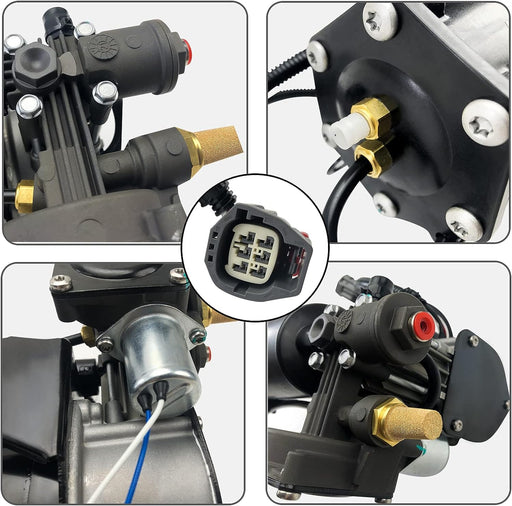
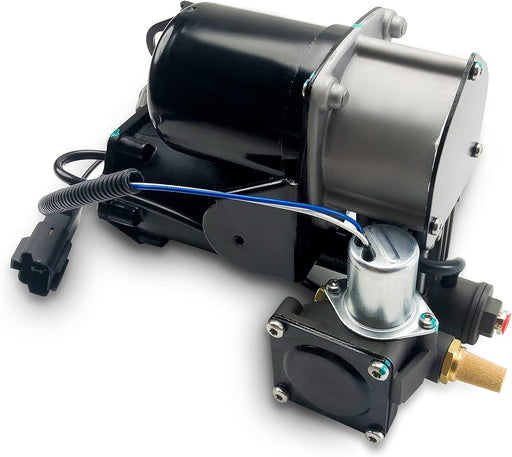 Save 0%
Save %
Save 0%
Save %
VIGOR Air Ride Suspension Compressor Pump Compatible with 2006-2012 Range Rover L322 HSE Supercharged Hitachi Type Car OEM Number LR025111, LR010376, LR011839, LR041777
Vigor Air RideNo reviewsOriginal price $0.00 - Original price $0.00Original price $0.00$249.75$249.75 - $249.75Current price $249.75Compatibility: 2006-2012 Land Rover Range Rover L322 (Hitachi Type) 2006-2012 Land Rover Range Rover HSE 2006-2012 Land Rover Range Rover Supercha...
View full detailsOriginal price $0.00 - Original price $0.00Original price $0.00$249.75$249.75 - $249.75Current price $249.75Save 0% Save % -
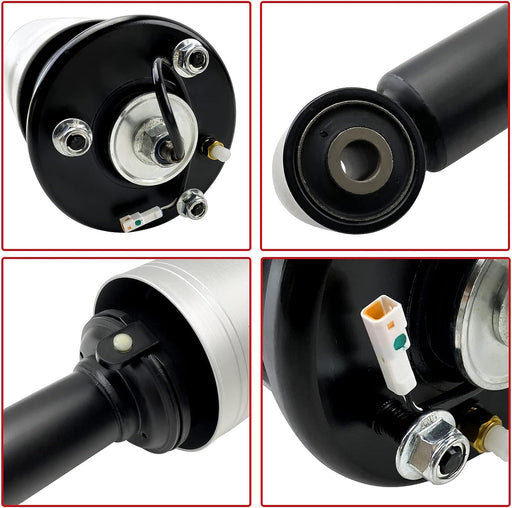
 Save 0%
Save %
Save 0%
Save %
VIGOR Front Air Shock Absorber Compatible with Land Rover LR3, LR4 and Range Rover Sport with ADS Car Air Suspension Strut, OEM Number LR016414, LR016415, RNB000855, RNB000856
Vigor Air RideNo reviewsOriginal price $0.00 - Original price $0.00Original price $0.00$283.05$283.05 - $283.05Current price $283.05Compatibility: 2005-2013 Land Rover Range Rover Sport (with ADS) 2005-2009 Land Rover LR3 2010-2016 Land Rover LR4 Original Equipment: LR016414,...
View full detailsOriginal price $0.00 - Original price $0.00Original price $0.00$283.05$283.05 - $283.05Current price $283.05Save 0% Save % -
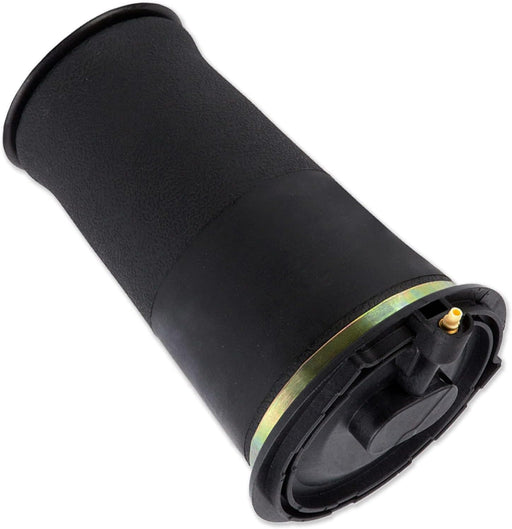
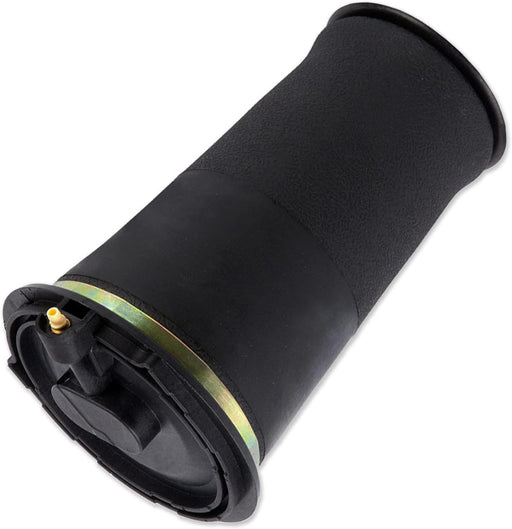 Save 0%
Save %
Save 0%
Save %
VIGOR Rear Air Suspension Spring Bag Compatible with 1995-2002 Land Rover Generation II P38A Car Air Struts, OEM Replace Part Number RKB101460
Vigor Air RideNo reviewsOriginal price $0.00 - Original price $0.00Original price $0.00$91.02$91.02 - $91.02Current price $91.02Compatibility: 1995-2002 Land Rover Generation II P38 OEM Number for Replacement RKB101460 Vigor Part number: u200e1C 2022 Mo...
View full detailsOriginal price $0.00 - Original price $0.00Original price $0.00$91.02$91.02 - $91.02Current price $91.02Save 0% Save % -
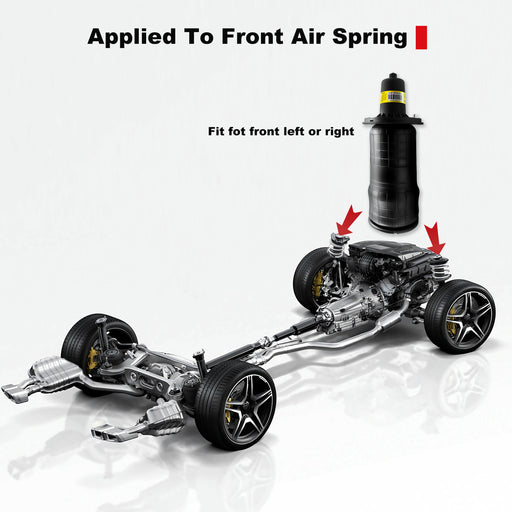
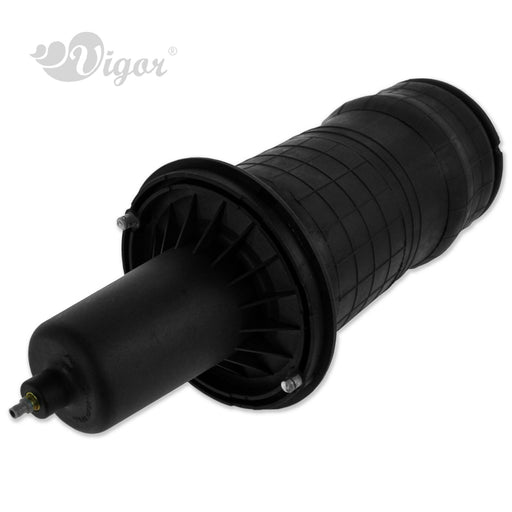 Save 0%
Save %
Save 0%
Save %
VIGOR Front Air Suspension Spring Bag Compatible with 1994-2002 Land Rover Range Rover 2 (P38) Car Air Struts, OEM Replace Part Number REB101740, ANR4684
Vigor Air RideNo reviewsOriginal price $0.00 - Original price $0.00Original price $0.00$132.09$132.09 - $132.09Current price $132.09Compatibility List 1994 Range Rover 2 (P38) 1995 Range Rover 2 (P38) 1996 Range Rover 2 (P38) 1997 Range Rover 2 (P38) 1998 Range Rover 2 (P38) 19...
View full detailsOriginal price $0.00 - Original price $0.00Original price $0.00$132.09$132.09 - $132.09Current price $132.09Save 0% Save % -
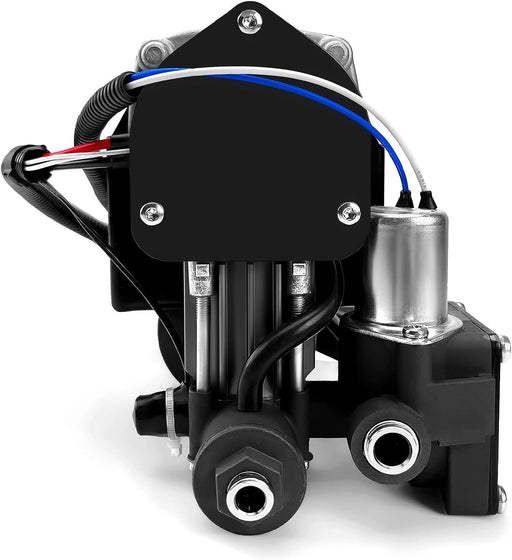
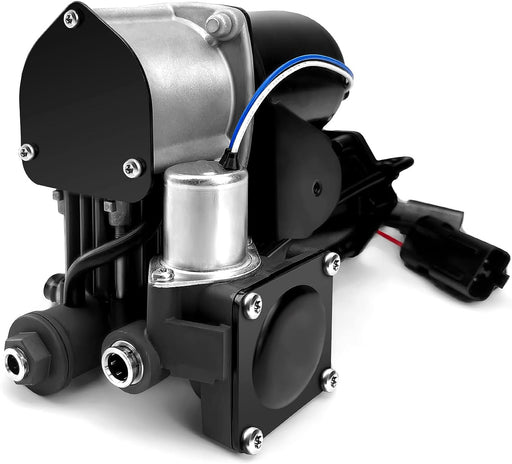 Save 0%
Save %
Save 0%
Save %
Vigor Air Ride Suspension Compressor Pump Compatible with Land Rover LR3 LR4 and Range Rover Sport 2005-2016 Car, OEM Number LR023964, LR015303, LR011837
Vigor Air RideNo reviewsOriginal price $150.00 - Original price $150.00Original price $150.00$265.29$265.29 - $265.29Current price $265.29Compatibility: 2005-2009 Land Rover LR3 2010-2016 Land Rover LR4 2005-2013 Range Rover Sport Original Equipment: LR023964, LR015303 LR011837, LR...
View full detailsOriginal price $150.00 - Original price $150.00Original price $150.00$265.29$265.29 - $265.29Current price $265.29Save 0% Save % -
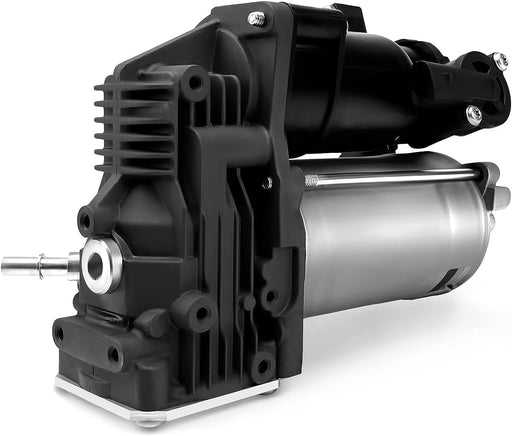
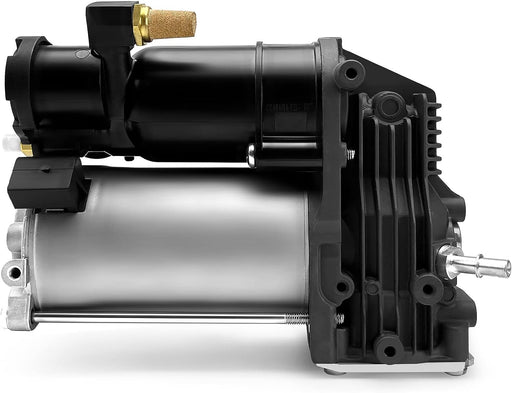 Save 0%
Save %
Save 0%
Save %
Vigor Air Ride Suspension Compressor Pump Compatible with Land Rover Range Rover L322 2006-2012 Car, OEM Number LR010375, LR011839, LR015089, LR025111
Vigor Air RideNo reviewsOriginal price $150.00 - Original price $150.00Original price $150.00$254.19$254.19 - $254.19Current price $254.19Compatibility: 2006 Land Rover Range Rover L322 2007 Land Rover Range Rover L322 2008 Land Rover Range Rover L322 2009 Land Rover Range Rover L322...
View full detailsOriginal price $150.00 - Original price $150.00Original price $150.00$254.19$254.19 - $254.19Current price $254.19Save 0% Save % -
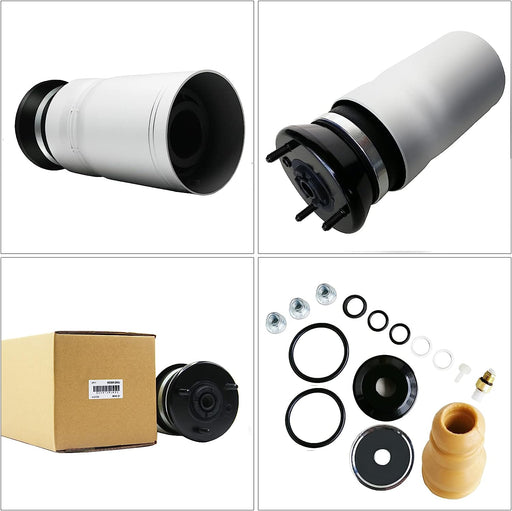
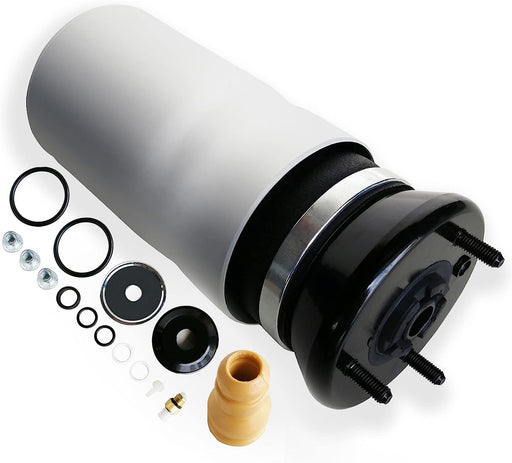 Save 0%
Save %
Save 0%
Save %
VIGOR Front Air Suspension Spring Bag Compatible with Discovery 3/4 and Range Rover Sport Car, OEM Number LR016403, REB500010, REB500060, REB500190
Vigor Air RideNo reviewsOriginal price $0.00 - Original price $0.00Original price $0.00$147.63$147.63 - $147.63Current price $147.63Compatibility: 2004-2009 Discovery 3 2010-2014 Discovery 4 2005-2013 Range Rover Sport (Without ADS) Original Equipment: LR016403 REB500010 RE...
View full detailsOriginal price $0.00 - Original price $0.00Original price $0.00$147.63$147.63 - $147.63Current price $147.63Save 0% Save % -
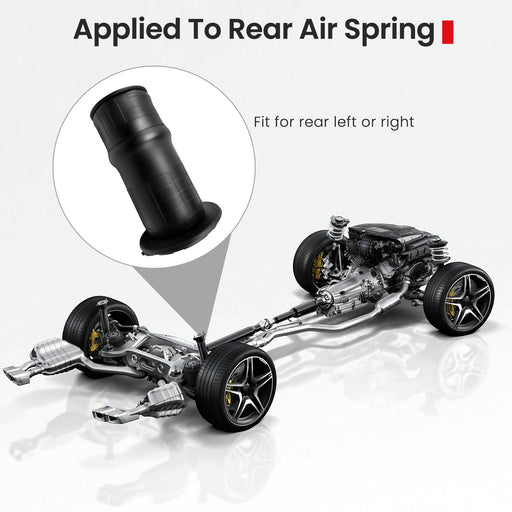
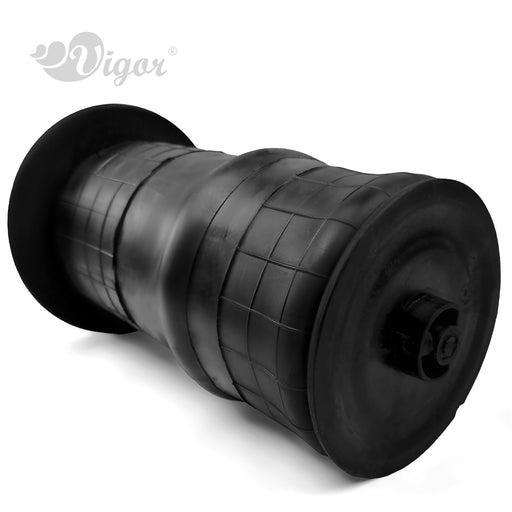 Save 0%
Save %
Save 0%
Save %
Rear Air Suspension Spring Bag Compatible with 1994-2002 Land Rover Range Rover 2 (P38) Car Air Struts RKB101460P, ANR4685, RKB101460
Vigor Air RideNo reviewsOriginal price $0.00 - Original price $0.00Original price $0.00$179.82$179.82 - $179.82Current price $179.82Compatibility: 1994-2002 Land Rover Range Rover 2 (P38) OEM Number for Replacement RKB101460P ANR4685 RKB101460 Vigor Part number: 1C 2025 1C...
View full detailsOriginal price $0.00 - Original price $0.00Original price $0.00$179.82$179.82 - $179.82Current price $179.82Save 0% Save % -
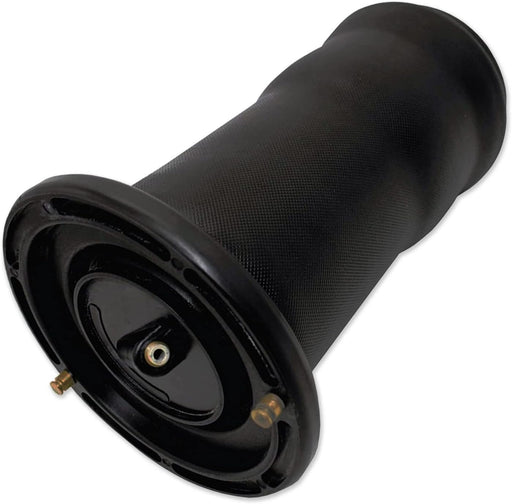
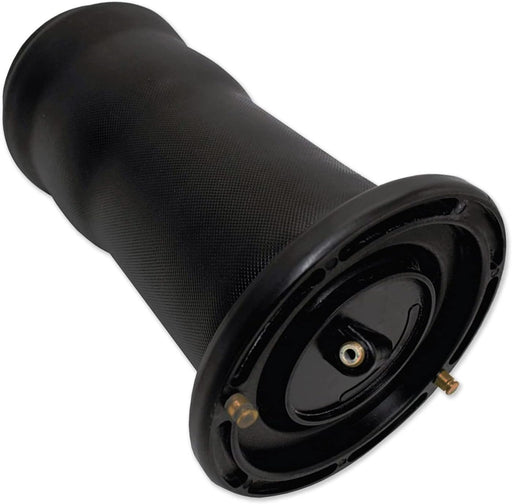 Save 0%
Save %
Save 0%
Save %
VIGOR Rear Air Suspension Spring Bag Compatible with 1998-2004 Land Rover Discovery 2 Car Air Struts, OEM Replace Part Number RKB101200
Vigor Air RideOriginal price $0.00 - Original price $0.00Original price $0.00$87.69$87.69 - $87.69Current price $87.69Compatibility: 1998 Land Rover Discovery 2 1999 Land Rover Discovery 2 2000 Land Rover Discovery 2 2001 Land Rover Discovery 2 2002 Land Rover Di...
View full detailsOriginal price $0.00 - Original price $0.00Original price $0.00$87.69$87.69 - $87.69Current price $87.69Save 0% Save % -
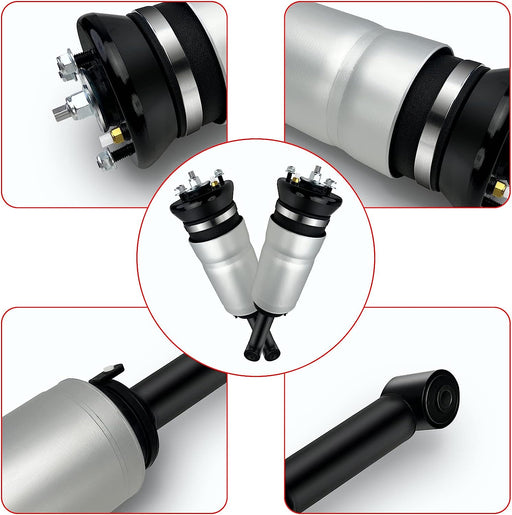
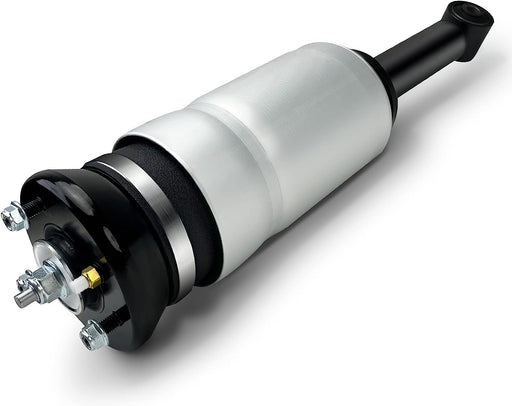 Save 0%
Save %
Save 0%
Save %
VIGOR Front Air Shock Absorber Compatible with Discovery 3 Discovery 4 and Range Rover Sport Car Air Suspension, OEM Number LR016416, RNB501580, RNB000856, RNB000858
Vigor Air RideOriginal price $0.00 - Original price $0.00Original price $0.00$276.39$276.39 - $276.39Current price $276.39Compatibility: 2004-2009 Discovery 3 2010-2014 Discovery 4 2005-2013 Range Rover Sport (Without ADS) Original Equipment: RNB501250, RNB5...
View full detailsOriginal price $0.00 - Original price $0.00Original price $0.00$276.39$276.39 - $276.39Current price $276.39Save 0% Save % -
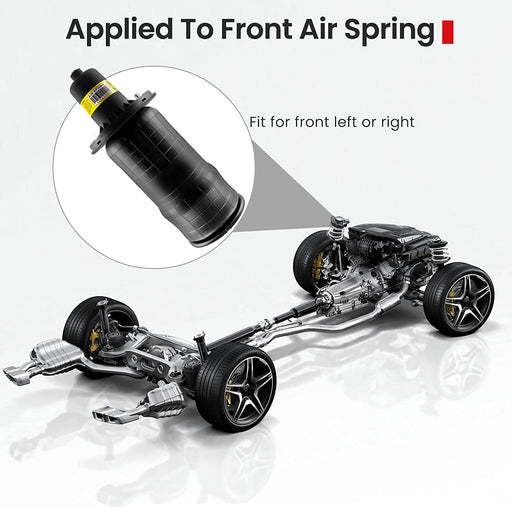
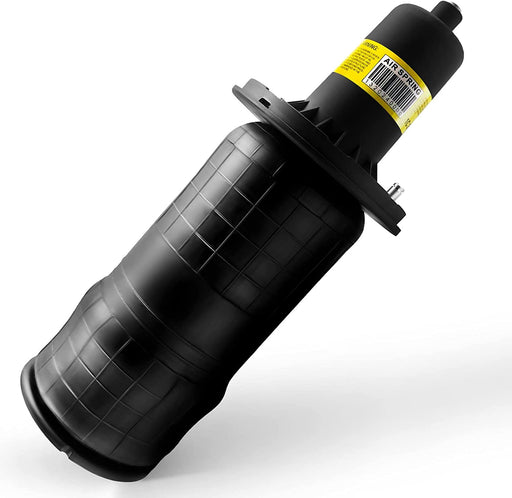 Save 0%
Save %
Save 0%
Save %
VIGOR Front Air Suspension Spring Bag Compatible with 1994-2002 Range Rover P38 Car Air Struts, OEM Replace Part Number REB101740, REB101740E, ANR4684
Vigor Air RideOriginal price $0.00 - Original price $0.00Original price $0.00$177.60$177.60 - $177.60Current price $177.60Compatibility: 1994-2002 Land Rover Range Rover 2 (P38) Original Equipment: REB101740, ANR4684 Vigor Part Number: 1C 2024 year-2002,year...
View full detailsOriginal price $0.00 - Original price $0.00Original price $0.00$177.60$177.60 - $177.60Current price $177.60Save 0% Save % -
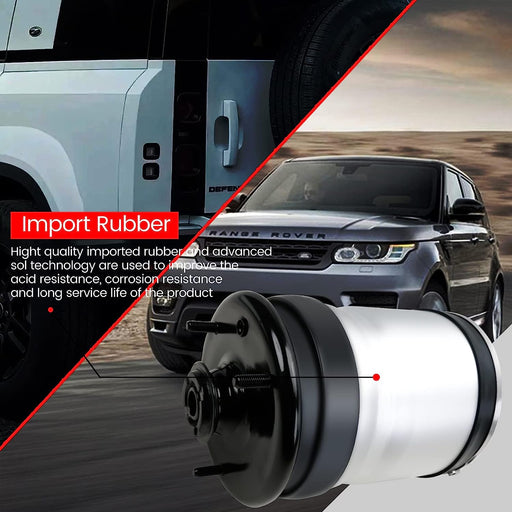
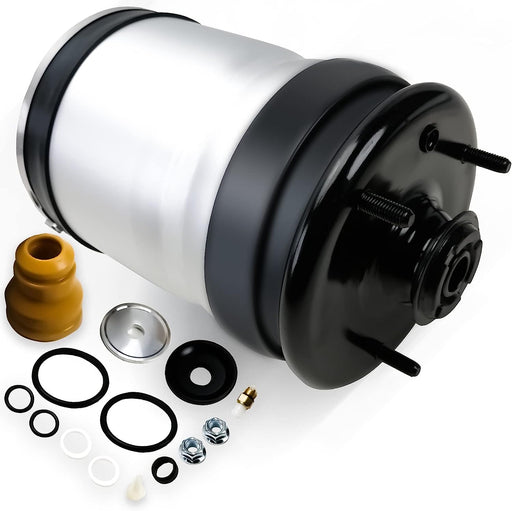 Save 0%
Save %
Save 0%
Save %
VIGOR Rear Air Air Suspension Spring, Compatible with Discovery 3/4 and Range Rover Sport Car Air Struts, OEM Replace Part Number LR018170, LR016411
Vigor Air RideOriginal price $0.00 - Original price $0.00Original price $0.00$255.30$255.30 - $255.30Current price $255.30Compatibility: 2004-2009 Land Rover LR3 2010-2014 Land Rover LR4 2005-2013 Land Rover Range Rover Sport Original Equipment: LR018170 LR016411...
View full detailsOriginal price $0.00 - Original price $0.00Original price $0.00$255.30$255.30 - $255.30Current price $255.30Save 0% Save % -
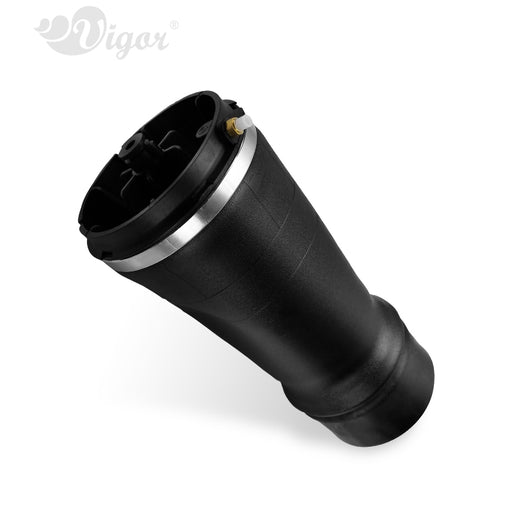
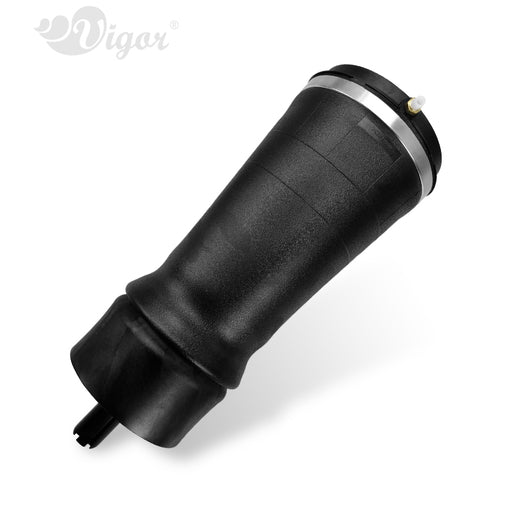 Save 28%
Save %
Save 28%
Save %
Range Rover Sport (L494) 2014-2016 Rear Air Suspension Spring Bag
Vigor Air RideOriginal price $198.00Original price $198.00 - Original price $198.00Original price $198.00Current price $142.08$142.08 - $142.08Current price $142.08Compatibility: 2014-2016 Range Rover Sport L494 Original Equipment: LR052171 Vigor Part Number: 1C 4701
Original price $198.00Original price $198.00 - Original price $198.00Original price $198.00Current price $142.08$142.08 - $142.08Current price $142.08Save 28% Save % -
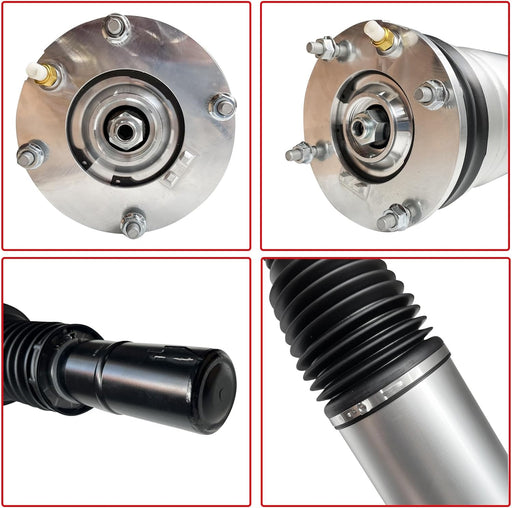
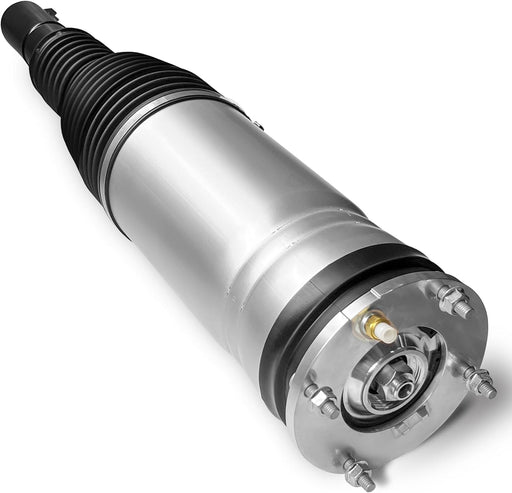 Save 0%
Save %
Save 0%
Save %
Land Rover Range Rover Front Left or Right Front Air Suspension Shock
Vigor Air RideOriginal price $0.00 - Original price $0.00Original price $0.00$345.21$345.21 - $345.21Current price $345.21Compatibility: 2012-2017 Range Rover L405 with EDC 2014-2018 Range Rover Sport L494 with EDC Original Equipment: Front Left: LR038804, LR038805...
View full detailsOriginal price $0.00 - Original price $0.00Original price $0.00$345.21$345.21 - $345.21Current price $345.21Save 0% Save % -
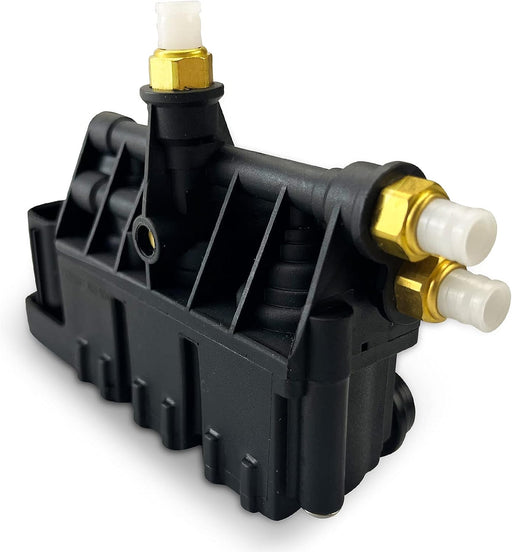
 Save 0%
Save %
Save 0%
Save %
VIGOR Air Suspension Compressor Valve Block 2004-2017 Land Rover LR3, LR4, Discovery, 3 Discovery 4 RVH500050, RVH500060, RVH000095
Vigor Air RideOriginal price $0.00 - Original price $0.00Original price $0.00$82.14$82.14 - $82.14Current price $82.14Compatibility: 2005-09 Land Rover LR3 Front Air Suspension Valve Block 2005-09 Land Rover LR3 Rear Air Suspension Valve Block 2010-16 Land Rover...
View full detailsOriginal price $0.00 - Original price $0.00Original price $0.00$82.14$82.14 - $82.14Current price $82.14Save 0% Save %
Land Rover Air Suspensions
Land Rover air suspensions are a vital component that merges luxury with functionality; they provide an excellent ride by utilizing pressurized air to adjust the suspension's firmness dynamically. Not only does this system improve handling and cornering stability, but it also offers supreme comfort and adjustability for various driving conditions. This adaptability translates to a smoother ride on road and impressive off-road capability.
-
Evolution and Components:
- Air Springs: Replace traditional shocks to offer variable stiffness, crucial for load leveling and ride comfort.
- Air Compressor: Generates the pressure to inflate or deflate the air springs, adjusting vehicle's ride height and damping.
- Valve Block: Controls air flow into different sections of the system, integral for maintaining desired pressure levels.
- Height Sensors: Measure vehicle's suspension position, giving input for automatic adjustments.
- Solenoid Valves: Direct air to springs, critical in response for cornering and uneven terrain.
- Air Reservoir: Stores air to be used by the system, allowing quick adjustments.
- Electronic Control Unit (ECU): Brain of the system, processes data and handles fault detection.
Signs Your Range Rover Might Have Suspension Issues
Air suspension issues can destabilize your Land Rover's handling and ride comfort. Common symptoms include:
- lowered corner or sagging, excessive vehicle lean during cornering, harsh ride, abnormal noises from air compressor, error messages on dashboard.
Owners often recall the day the grace of their Range Rover faltered. For Jane from Texas, a persistent sagging after a night's rest and a "Suspension Fault" warning were the harbingers.
Diagnosing Common Air Suspension Problems in Land Rovers
Follow these steps for a precise and effective air suspension diagnosis:
- Visual Check: Look for sagging or an uneven stance indicating potential air leaks in struts or air springs.
- Listen for Leaks: With the engine off, listen around air struts and lines to detect hissing sounds of escaping air.
- Fault Code Analysis: Connect diagnostics to read suspension-related codes which pinpoint specific issues.
- Component Testing: Manually check components such as the air compressor and air springs for correct operation.
- Leak Test: Apply a soapy water solution to suspect areas to identify air escapes.
- Calibration: Confirm that sensors and solenoids function as intended, and calibration is correct.
The Impact of Rough Terrain on Your Land Rover's Air Suspension
When the air suspension encounters Rough Terrain, the impact can be hard on:
- Air Springs: Can suffer punctures leading to leaks.
- Sensors and Solenoids: May be jarred, becoming misaligned or damaged.
- Air Lines: Vulnerable to splits or disconnections.
- Compressor and Dryer: Engaged more frequently, leading to increased wear and tear.
Preventive steps include routine inspections for wear, avoiding overloading, and giving your vehicle a rest after intense off-road stints, preserving the integrity of the suspension's responsiveness over time.
Maintaining Optimal Functionality of Land Rover Air Suspensions
-
Maintenance Requirements:
- Regular Inspections: Check air suspension components periodically for wear and tear.
- Software Updates: Keep the vehicle's software current to ensure optimal air suspension management.
- Air Spring Care: Inspect for cracks or degradation which could lead to leaks.
- Air Compressor Check: Monitor for sufficient and consistent operational pressure.
- Reservoir Drainage: Remove moisture from the air reservoir to prevent internal corrosion.
- Clean Air Filters: Change filters to prevent clogging, ensuring clean air supply to components.
- Leak Detection: Perform routine leak tests with soapy water or ultrasonic leak detectors.
Neglecting these maintenance tasks can result in a domino effect of air suspension troubles. Degraded air springs might leak, forcing the compressor to work overtime, accelerating its wear. With the air supply compromised, the system cannot maintain the proper ride height, ushering in a cascade of suspension failures. This oversight impacts ride quality, handling, and internal component strain, potentially leading to costly repairs. Consistent attention forestalls these issues, affording reliability and longevity.
Strategies for Detecting and Repairing Air Leaks
-
Listen for Hissing Noises: Actively listen for the sound of escaping air around the suspension when the vehicle is parked.
-
Soapy Water Application: Spray suspect areas with a soap solution and look for bubbles indicating a leak.
-
Electronic Leak Detection: Utilize electronic detectors that can pinpoint leaks via ultrasonic technology.
-
Air Spring Replacement: If a leak is detected in an air spring, remove and replace the faulty unit.
-
Air Line Repair: Address leaks in air lines by replacing damaged sections or tightening connections.
-
Reseal Valve Blocks: Should the valve block leak, disassemble and replace O-rings and seals.
-
Compressor Service: Fix leaks by substituting worn compressor seals and inspect other components such as the dryer.
What We Offer
- We offer packaged air shocks, coil spring conversion kits, air bag suspension compressors and air springs for Land Rover Discovery 2/LR2, Discovery 3/LR3, Discovery 4/LR4, Range Rover and Range Rover Sport models only. Also includes some types with active damping and adaptive dynamic suspension.
















































